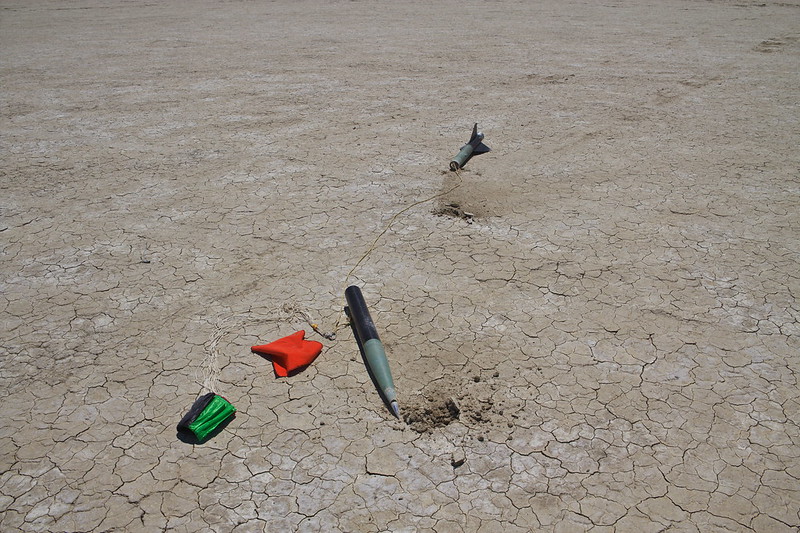To me, conventional DD is the antithesis of the KISS principle. Familiar yes, simple no. You have two completely separate sets of recovery hardware, two airframe breaks, and an av-bay doing double duty as a major structural component. You're doubling all the failure points. Every time I fly one of my older conventional DD rockets I can't help but think I've over-worked the plumbing. Too much voodoo. Though, if you're flying a large cardboard and plywood rocket it's probably an acceptable option.
For anything higher performance, or where space is limited, I really think DD from a single tube with the use of cable cutters, ARRDs and the like are ideal from a reliability/repeat-ability standpoint. Elegantly simple, fewer moving parts. The cable cutter may have a bit of a learning curve. It's important to have it set up and stress relieved properly. But once that's done, there's just not a lot that can keep it from doing it's job. As CarVac said, "Simple components that interconnect in a simple manner". I like that.
Scott w
TRA 7726
KF7EIV
For anything higher performance, or where space is limited, I really think DD from a single tube with the use of cable cutters, ARRDs and the like are ideal from a reliability/repeat-ability standpoint. Elegantly simple, fewer moving parts. The cable cutter may have a bit of a learning curve. It's important to have it set up and stress relieved properly. But once that's done, there's just not a lot that can keep it from doing it's job. As CarVac said, "Simple components that interconnect in a simple manner". I like that.
Scott w
TRA 7726
KF7EIV
Last edited:





